Updated 2023
Have you experienced any of the dramatic volcanoes in Iceland? Iceland's landscape is wild and beautiful, with an indomitable mix of ice and fire. We list 12 volcanoes in Iceland that are worth remembering. We also consider which volcano will erupt next and what happens when it does...
Table of contents
Our experience with volcanoes
Volcanoes are dramatic and it is hard not to be fascinated by these powerful and capricious natural phenomena. At the same time, they can be frightening. We visited the White Island volcano in New Zealand many years ago and when we read about the recent terrible eruption, where many people lost their lives or were seriously injured, our stomachs clenched. How terribly awful!
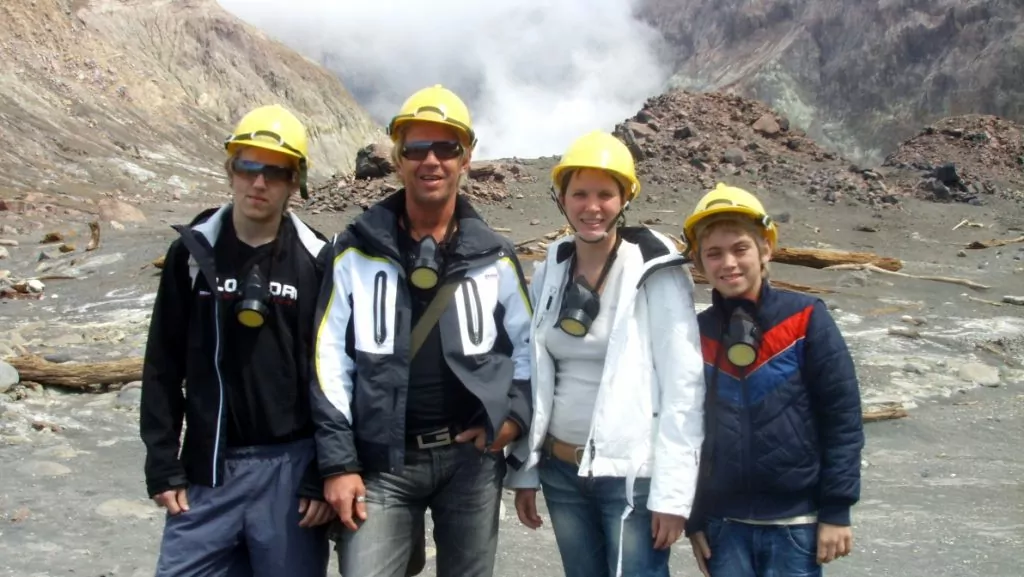
Accommodation by a volcano in Iceland
I (Helena) have actually lived at the foot of a volcano in Iceland. When I was 17 years old exchange student in Iceland I lived with a family on Hemön, right next to the Eldfell volcano.
This volcano had a dramatic and large eruption in 1973, when all residents had to be evacuated from the island, but has remained quiet ever since. That I was living next to a volcano? No, I didn't think about that!
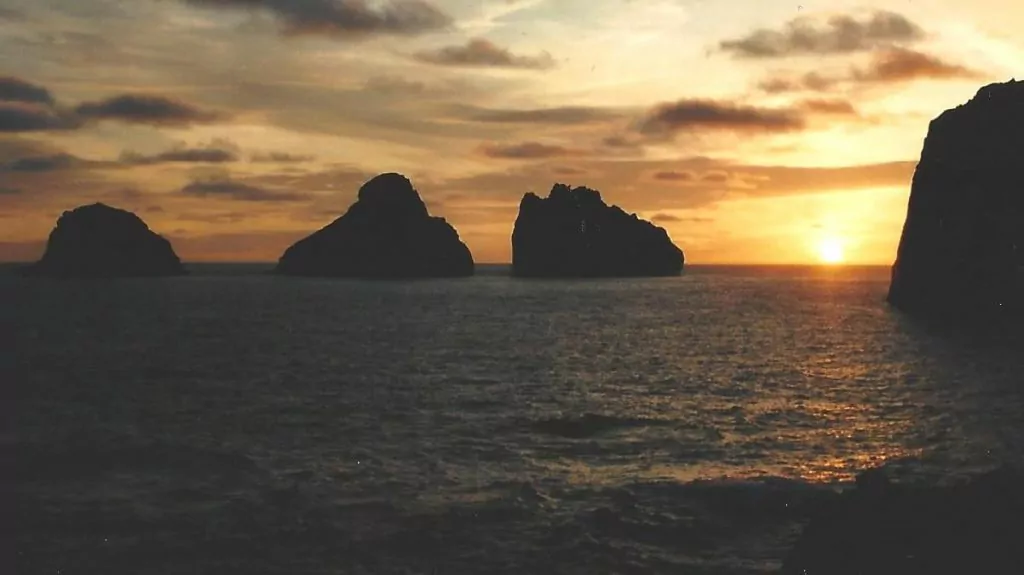
Iceland - full of geothermal activity
Iceland lies on the Mid-Atlantic Ridge, a 40 000 kilometre-long crack in the ocean floor between the North American and Eurasian continental plates. The west of the country lies on one plate and the east on the other, and at Þingvellir National Park you can see the dramatic rift between the two continents.
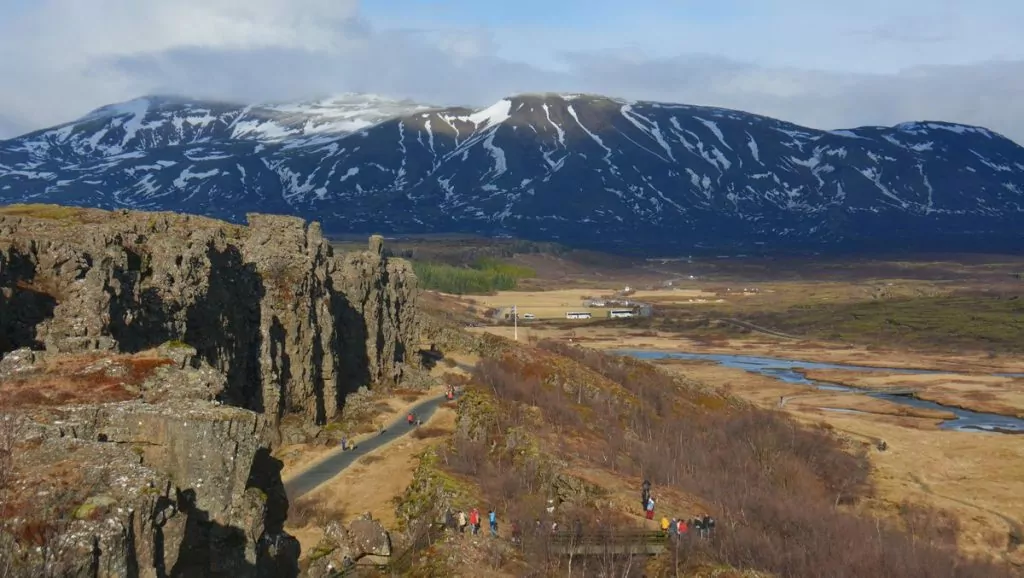
Iceland's crust is in motion, and the country is full of geothermal activity in the form of volcanoes, geysers, and areas of bubbling. Icelanders have learnt to live with both the advantages and disadvantages of nature. Over 90 per cent of homes in the country are heated by geothermal heat, which is a cheap and clean source of energy. And of course you can enjoy all the wonderful geothermal baths, like the Blue Lagoon!
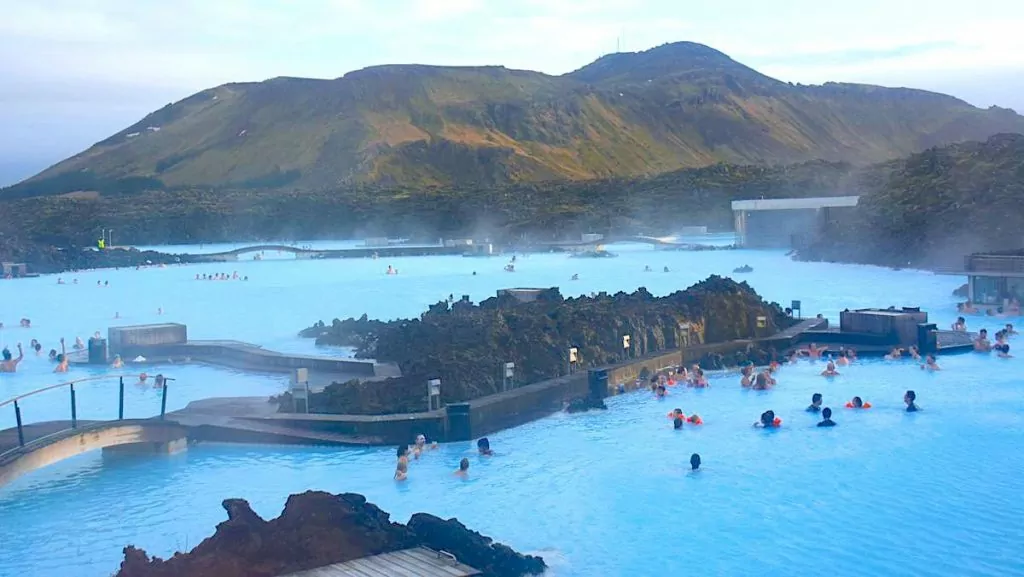
What happens when Iceland's volcanoes erupt?
While the geothermal activity brings many benefits, the forces in Iceland are of course both capricious and potentially dangerous. From time to time, something is going on, and Reynir Bödvarsson, a seismologist at Uppsala University, is often interviewed. All seismic activity is closely monitored and there is a well-developed infrastructure to deal with eruptions when the time comes. Nevertheless, a volcanic eruption can cause a lot of damage.
Do you remember when Eyjafjallajökull erupted in 2010, causing air traffic to be cancelled for several days? For example, what happens when (not if!) the Katla volcano erupts? Many people think it's coming, and when Katla erupted in 1755, it lasted 120 days. But there were no aeroplanes in those days. What happens today if a major volcanic eruption lasts that long...?
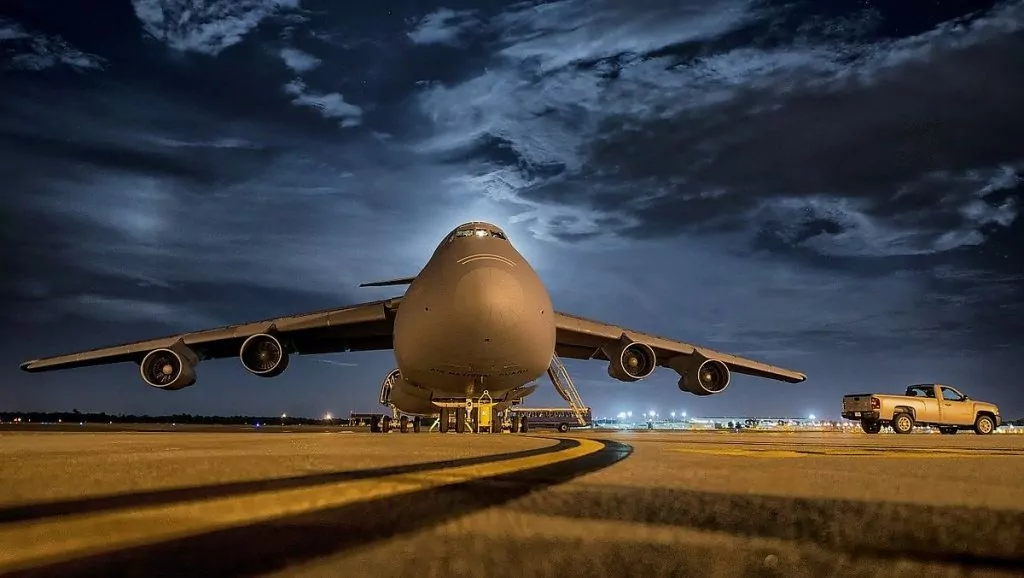
Twelve volcanoes in Iceland
Iceland is one of the most volcanically active areas on Earth, and on average the country experiences a volcanic event every five years. One third of all lava erupted in the world since the Middle Ages has erupted in Iceland. The largest recorded lava flow in world history occurred in Iceland in the summer of 1783, when 14 cubic kilometres (!) of lava poured out southwest of Vatnajökull. Here we list 12 of the most famous volcanoes in Iceland.
1. Hekla
Hekla, located in the southern part of Iceland, is one of the country's most active volcanoes. The volcano has had around 20 eruptions since humans moved to Iceland, some of which have been very powerful.
The 1766 outbreak lasted over two years, and the 1947 outbreak created a nine kilometres long lava flow. When is the next eruption? There's no telling, but this is a very active volcano so many expect an eruption soon.
- Last outbreak: 2000
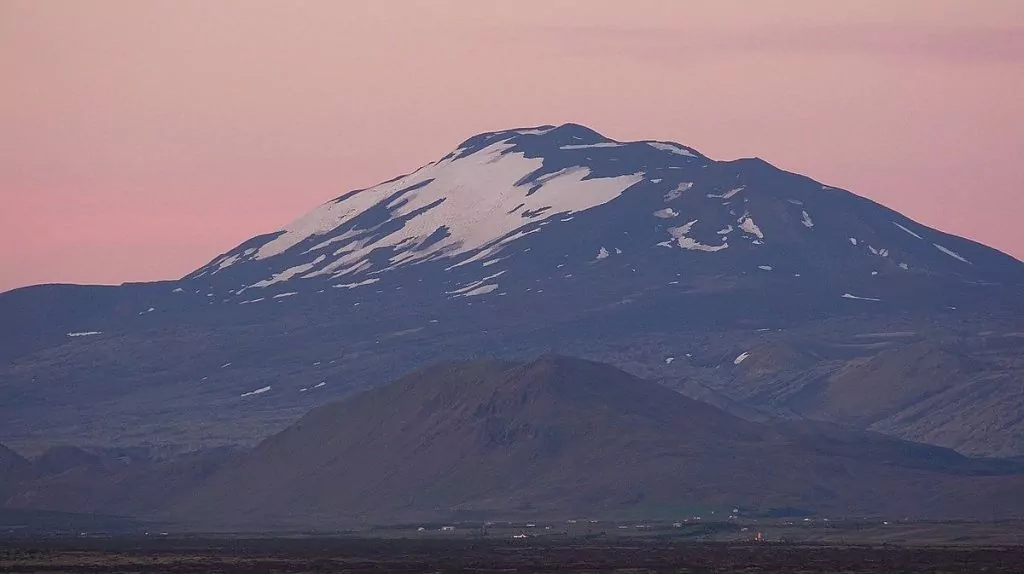
2nd Katla
Katla is another active volcano, located in southern Iceland north of the town of Vík. The volcano has had 17 documented eruptions since the 9th century, many of them very dramatic. The volcano has erupted every 80-100 years, and it has now been more than 100 years since its last eruption. Since 2011, several small earthquakes have occurred, and it is now believed that an eruption may be very close.
- Last outbreak: 1918
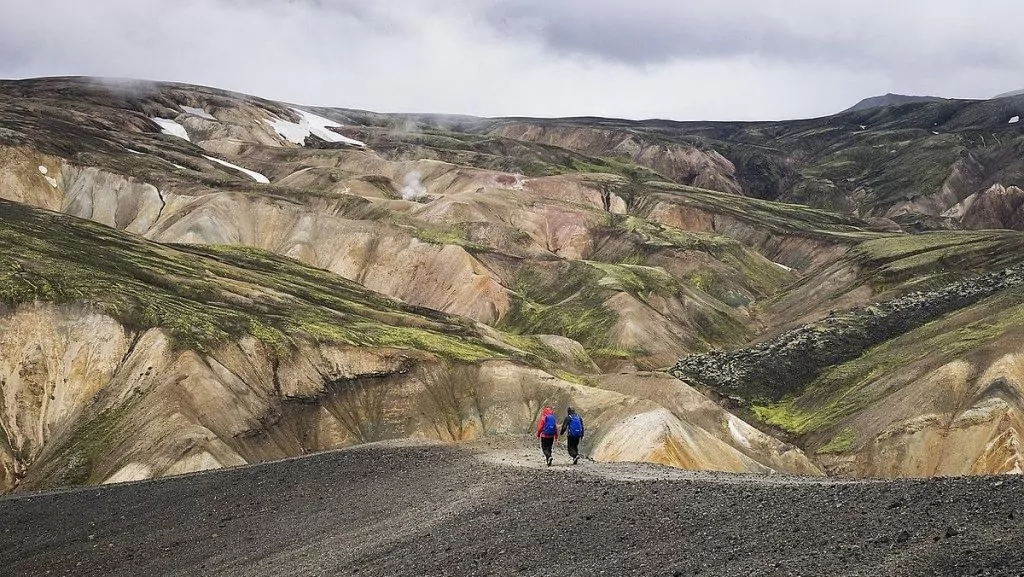
3. Eyjafjallajökull
Eyjafjallajökull lies under a layer of ice covering 100 square kilometres. The volcano became famous in 2010, when it had a major eruption and the world's TV reporters struggled to pronounce its name.
The volcanic eruption released large amounts of ash into the air, resulting in major disruptions to air traffic worldwide. Will it stay calm now? Or will it trigger an eruption at Katla, as it has done all previous known times?
- Last outbreak: 2010
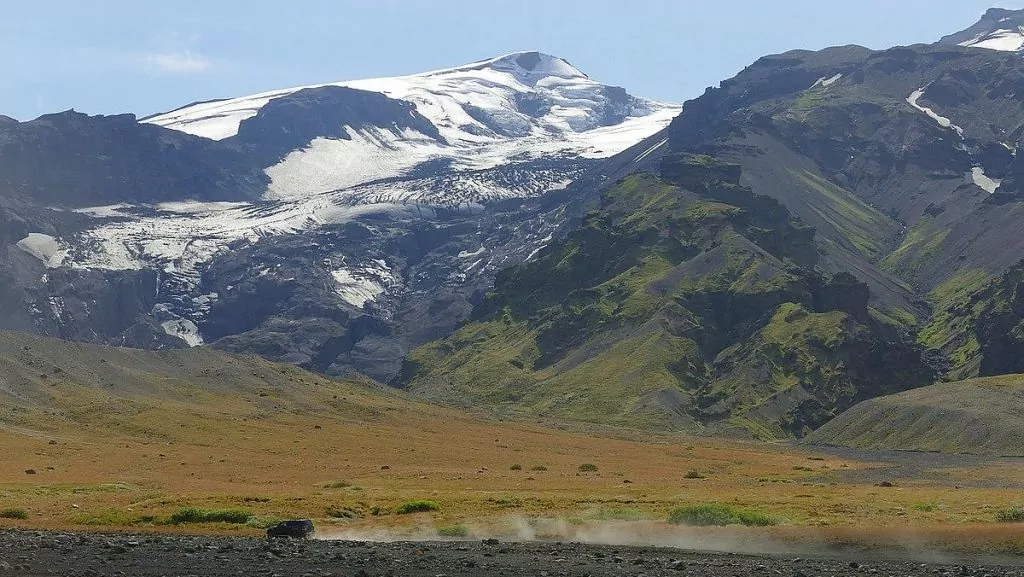
4. the Öræfajökull
Öræfajökull is one of Iceland's largest active volcanoes and home to the country's highest peak, Hvannadalshnjúkur, at 2110 metres above sea level. Öræfajökull is also the name of the glacier that covers most of the volcano, in the southern part of the Vatnajökull area. The volcano has not erupted for a very long time, but now there are signs, such as increased volume growth, that warn that an eruption is underway.
- Last eruption: 1727
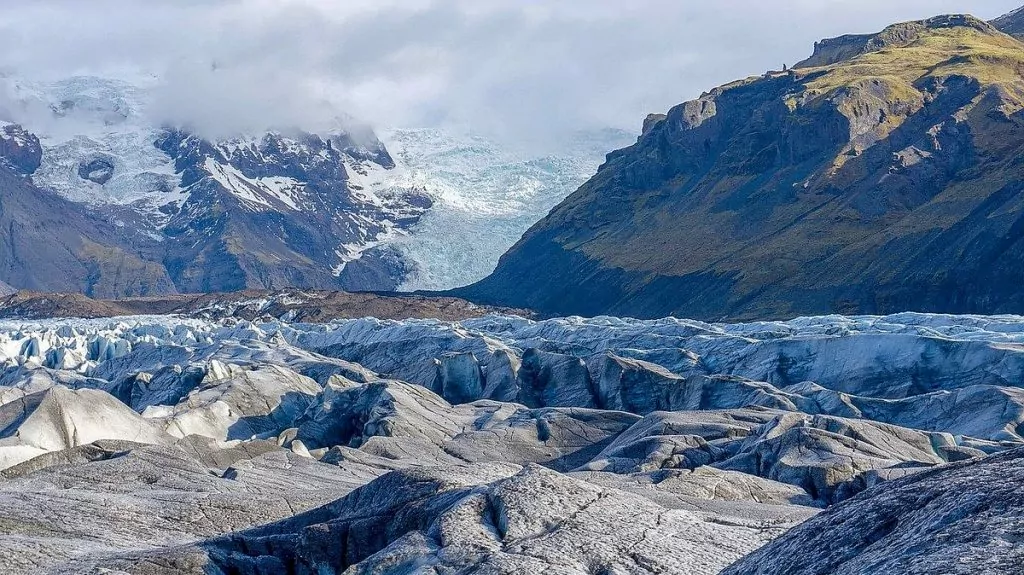
5. krafla
Krafla is a caldera (a large depression in the Earth's crust created by the collapse of a large volcano) about 10 kilometres in diameter, located near Lake Mývatn in the north. The volcano has remained quiet since its last eruption, which lasted between 1975 and 1984, and is now described as a moderately active volcano.
- Last outbreak: 1975-1984
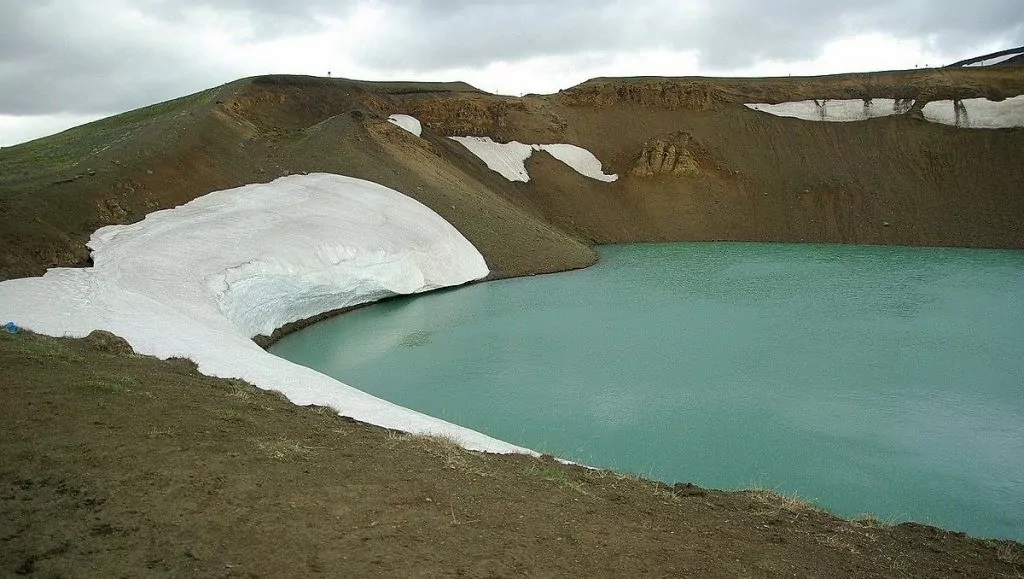
6. ash tray
Askja is one of Iceland's largest volcanoes, a 55 square kilometre caldera north of the Vatnajökull glacier. The largest eruption in modern times occurred in 1875, resulting in an ash cloud that reached Stockholm after about 57 hours. The volcano has not erupted since 1961, but there have been several reports that activity is increasing and an eruption may be imminent.
- Last outbreak: 1961
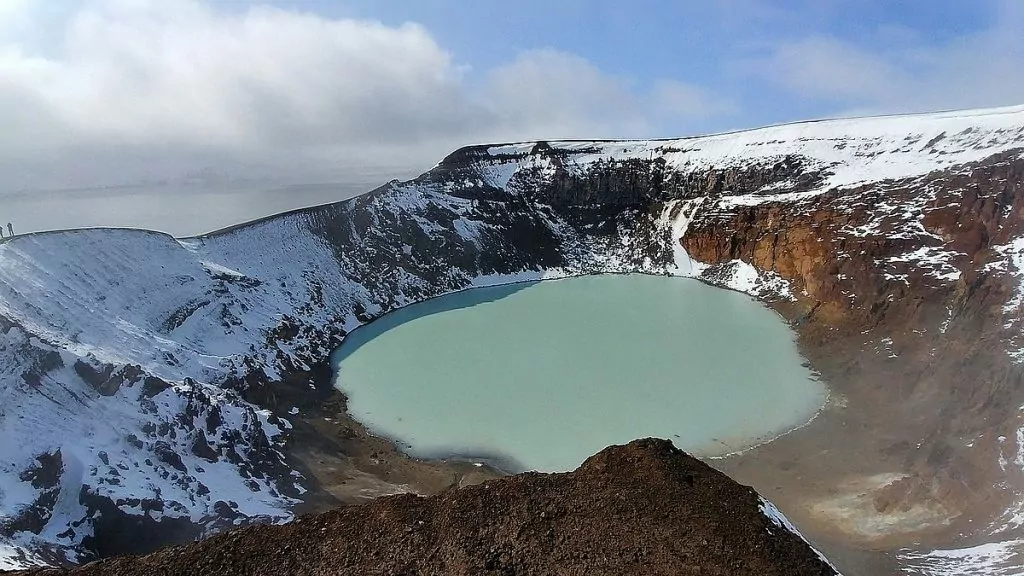
7th Snæfellsjökull
Snæfellsjökull is a 446-metre-high glacier-covered volcano located on the Snæfellsnes peninsula in western Iceland. The volcano is known from the book To the centre of the earth, by Jules Verne. This volcano seems to stay calm.
- Last outbreak: 200s
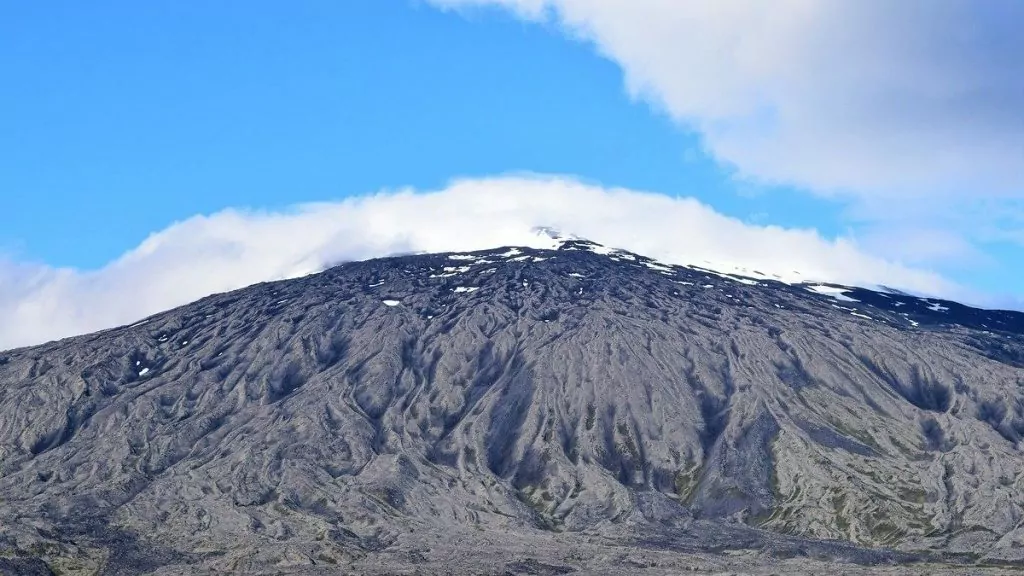
8. Gravel ponds
Vatnajökull is not only Europe's largest glacier, but also home to several volcanoes. Grímsvötn lies under the ice on the north-west side of the glacier. Because the volcano is located under a glacier, eruptions often cause huge surges of water, known as 'jökellopp'. Grímsvötn is a very active volcano that has been erupting regularly since the early 14th century, so perhaps there is no reason to think it will stop now?
- Last outbreak: 2011
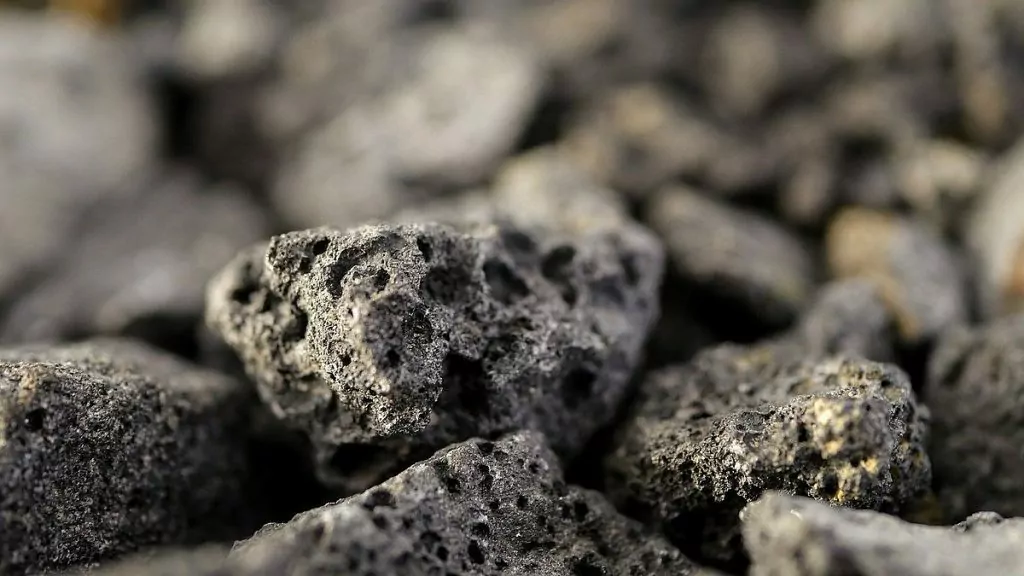
9. bárðabunga
Bárðarbunga is a so-called stratovolcano with a crater located under the Vatnajökull glacier. The volcano is part of a giant volcanic system, which is around 100 kilometres long and 25 kilometres wide.
The last outbreak lasted six months, between 2014 and 2015. When will the next outbreak be? No one knows, but several scientists have predicted that it could be within a few years. Sleep Bárðarbunga, sleep!
- Last outbreak: 2014-2015
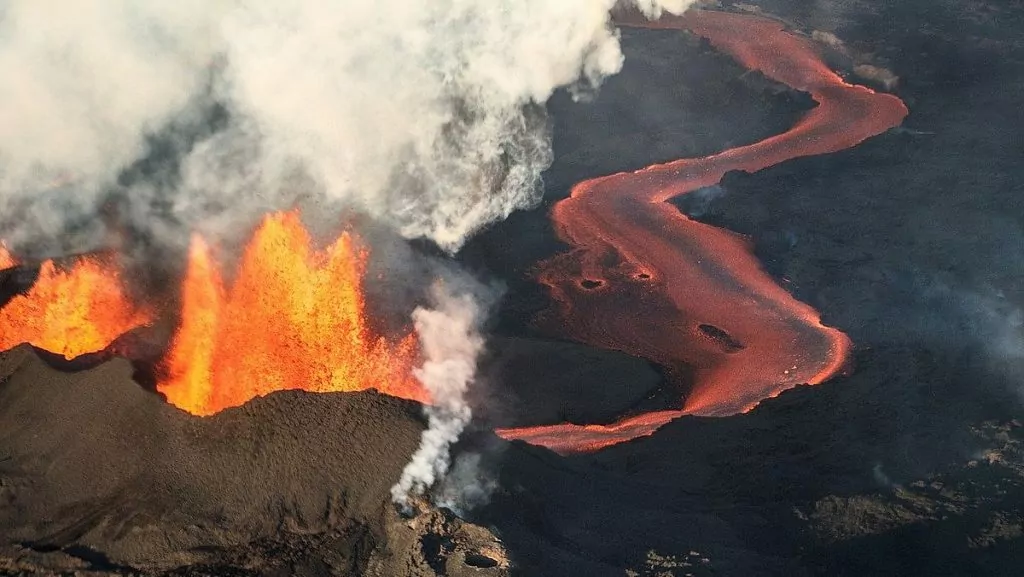
10th Thrihnúkagigur
Located just southeast of Reykjavik, Thrihnúkagigur is a dormant volcano, but it's exciting because you can actually visit it! internally. The volcano was discovered in 1974 and now tours are organised where you can take a lift (!) down to the magma chamber. This is actually the only volcano in the world where you can step down into a stomach chamber. This must be on our bucket list!
- Last eruption: About 4000 years ago
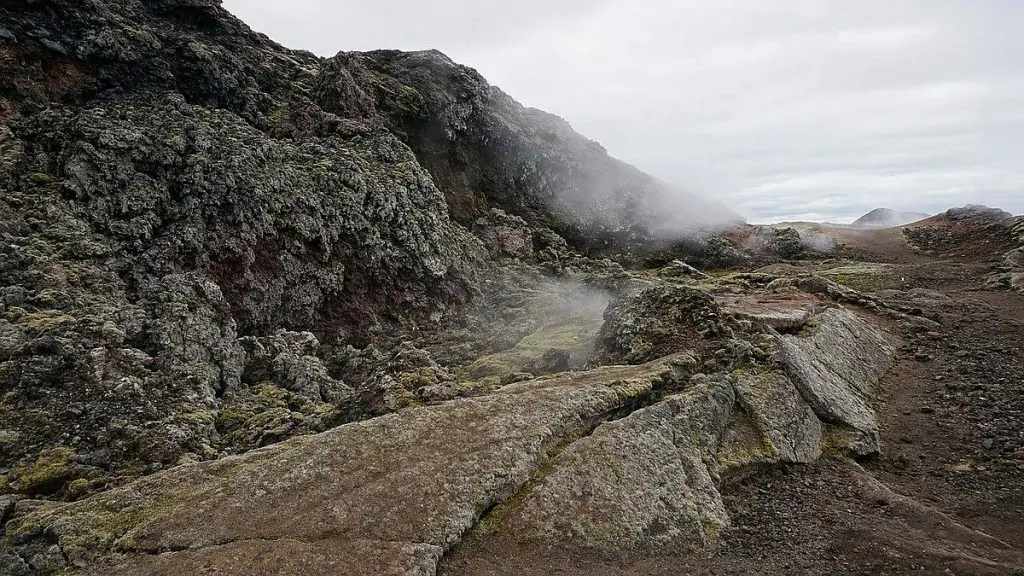
11. fire trap
The Eldfell volcano is located next to the inactive Helgafell volcano, on the island of Hemön (Westman Islands) on the southern side of Iceland. Eldfell had a large and unexpected eruption in 1973. The 5000 or so inhabitants were woken up in the middle of the night by a violent eruption, but luckily everyone was evacuated.
Around 400 homes were buried in lava and ash, but everything was restored when the inhabitants moved back just over six months later. Amazingly, the lava had solidified and formed a harbour that was better and more protected than the previous one.
- Last eruption: 1973
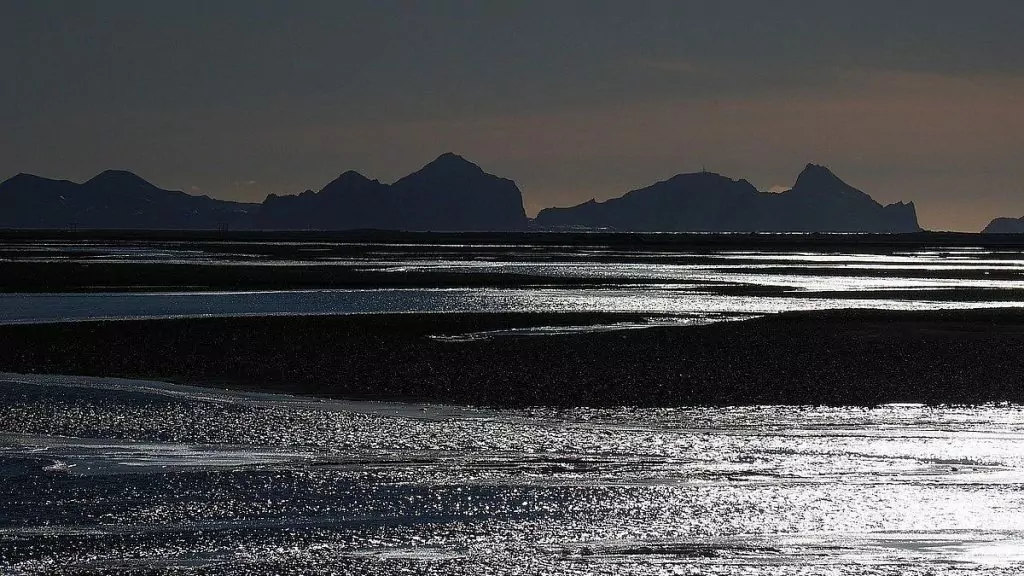
12th Fagradalsfjall
The Fagradalsfjall volcano, located on the Reykjanes Peninsula, made itself known in 2021 when an eruptive fissure opened. Prior to that, no volcanic eruption had occurred on the Reykjanes Peninsula for over 800 years. As the volcano is relatively accessible from the capital Reykjavik, it became a popular tourist attraction among domestic and foreign tourists.
More eruptions have since occurred in the area, near Fagradalsfjall, in August 2022 and July 2023. In December 2023, the area became active again when an earthquake caused a volcanic eruption near the village of Grindavik. A four-kilometre-long fissure opened and lava poured out.
Last outbreak: 2021 (and in the area in 2022 and 2023)
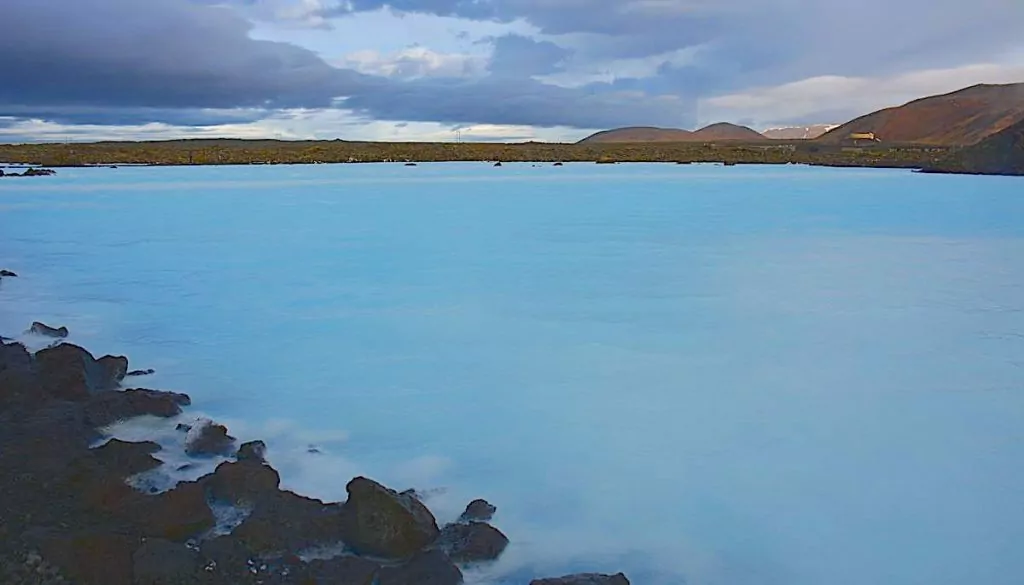
More about Iceland
There are 13 Santas in Iceland
Writer: Helena Bergström Icelanders have 13 Santas! Wow, that's a lot of presents you might think... But...
Food and Fun Reykjavik Festival - Iceland's gourmet week
The Food and Fun Reykjavik festival is definitely a reason to visit Iceland's capital during February/March....
14 things to see and do in Reykjavik
Here are some tips on things to see and do in Reykjavik. The Icelandic capital is...
Travelling by motorhome in Iceland
What is it like to travel by motorhome in Iceland? We recently wrote a post about...
Some reflections from Iceland
Today we offer some reflections from Iceland. We have pretty much finished reporting from...
Weekend in Reykjavik - some highlights
Here is a greeting from our weekend in Reykjavik! We have been through a lot during...
Geysers in Iceland - Strokkur and Geysir
Have you seen geysers in Iceland? We have recently visited the Haukadalur geothermal area with the geysers...
Around Iceland by car - 9 places you must see
Have you thought about travelling around Iceland by car? Recently, we've seen...
The Icelandic language
As I've told you before, I spent a year in Iceland, and learnt that...
Exchange student in Iceland 1992
I was asked to tell you a bit more about my year as an exchange student in Iceland....
Facts about Iceland - 30 things you (might) not have known
Writer: Peter Bergström Today we offer you facts about Iceland - 30 things you (might)...
What do you pack for Iceland?
What to pack for Iceland? We are only a few days away from travelling to Iceland for...
Fish Market in Reykjavik
We had a magical dining experience yesterday at the Fish Market restaurant in Reykjavik. We ate the most...
What do you eat in Iceland? - 15 Icelandic specialities
What do you actually eat in Iceland? We list 15 Icelandic specialities and share our experiences...
The Icelandic Phallological Museum
This is probably the strangest museum we have ever visited. The Icelandic Phallological Museum is located...
Reykjavik sights - self-guided city tour
Reykjavik's attractions, what are they? When we were recently in Reykjavik, we had a hectic schedule,...
Iceland Fever - 5 reasons to love Iceland
I'm not even interested in football and yet I was glued to the England game...
Gullfoss in Iceland - The Golden Circle and its waterfalls
Gullfoss in Iceland is an incredibly dramatic waterfall that can be seen during the Golden Waterfall tour....
Excursion to the island of Viðey in Iceland - 1000 years of history
The island of Viðey in Iceland is located just outside Reykjavik and is easily reached by a short boat journey. In summer...
Fish Company in Reykjavik
Today we are going to tell you about another great fish restaurant here in Reykjavik, the Fish Company. Yesterday...
Blue Lagoon in Iceland - guide for your visit
The Blue Lagoon in Iceland offers a cosy and relaxing spa in geothermal hot water. Although...
Activities and tips on things to do in Iceland
Today we present a guest article Iceland is a country filled with activities to explore,...
Icelandic traditions: Christmas celebrations and Þorrablót
Today on FREEDOMtravel we will be talking about Icelandic traditions. A while ago I wrote...
Þingvellir National Park in Iceland
Þingvellir National Park in Iceland is a fascinating place, whether you are interested in nature, geology,...
Horse riding in Iceland
Today it was time for our long-awaited horse riding trip in Iceland and we woke up to ... windy...
Iceland - Land of storytelling
Guest writer: Mia Ulin Iceland is worth staying on for days or weeks, but if you have...
Reykjavik - a city of contrasts
Today we present a guest article Reykjavik is the capital of Iceland and a very interesting city. It...
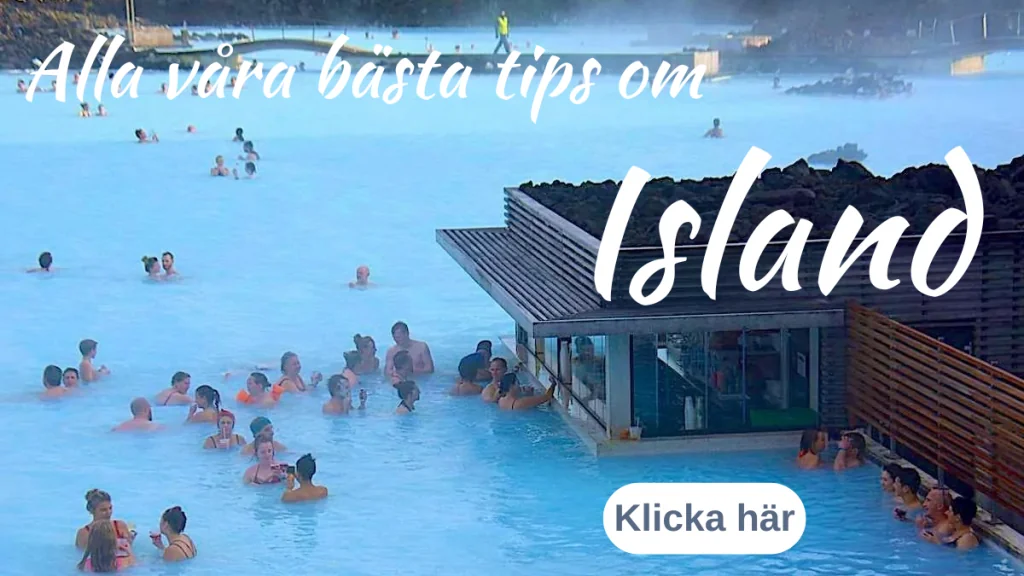
Have you seen a volcano in Iceland?
Have you seen any of the volcanoes in Iceland? Please tell us!
Facts about volcanoes in Iceland
- Number of volcanoes: According to several sources, there are around 130 volcanoes, most of which are inactive.
- Number of active volcanoes: Around 30 active volcanic systems
- Most active volcano: The most active volcanoes include Hekla, Grímsvötn and Askja.
- Worst volcanic eruption: The 1783 Laki eruption opened a fissure with 130 volcanic craters. Thousands of people died, partly due to toxins from the eruptions.
List of volcanoes in Iceland
Here is a list of volcanoes in Iceland, in alphabetical order (no claim to be complete). In brackets you can see the year of the last eruption.
- Askja (1961)
- Bárðarbunga (2014-2015)
- Brennisteinsfjöll (ca 1341)
- Eldfell (1973)
- Eldgjá (1784)
- Esjufjöll (1927)
- Eyjafjallajökull (2010)
- Fagradalsfjall (2021)
- Fremrinamur (c. 800 BC)
- Grimsnes (c. 3500 BC)
- Grimsvötn (2010)
- Hekla (2000)
- Hengill (c. 90 AD)
- Holohraun (2015)
- Hverfjall (about 500 BC)
- Katla (1918)
- Kolbeinsey (1755)
- Kollóttadyngja (unknown)
- Krafla (1984)
- Krakatindur (unknown)
- Krýsuvík (c. 1340)
- Kverkfjöll (1968)
- Laki (1783-1784)
- Loki-Fögrufjöll (1910)
- Reykjanes (1879)
- Reykjaneshryggur (1970)
- Snæfellsjökull (200s)
- Surtsey (1963)
- Tjornes (1868)
- Torfajökull (1477)
- Þórðarhyrna (1910)
- Öræfajökull (1727)
Photos of volcanoes in the post are from Pixabay. Introductory photos are our own.


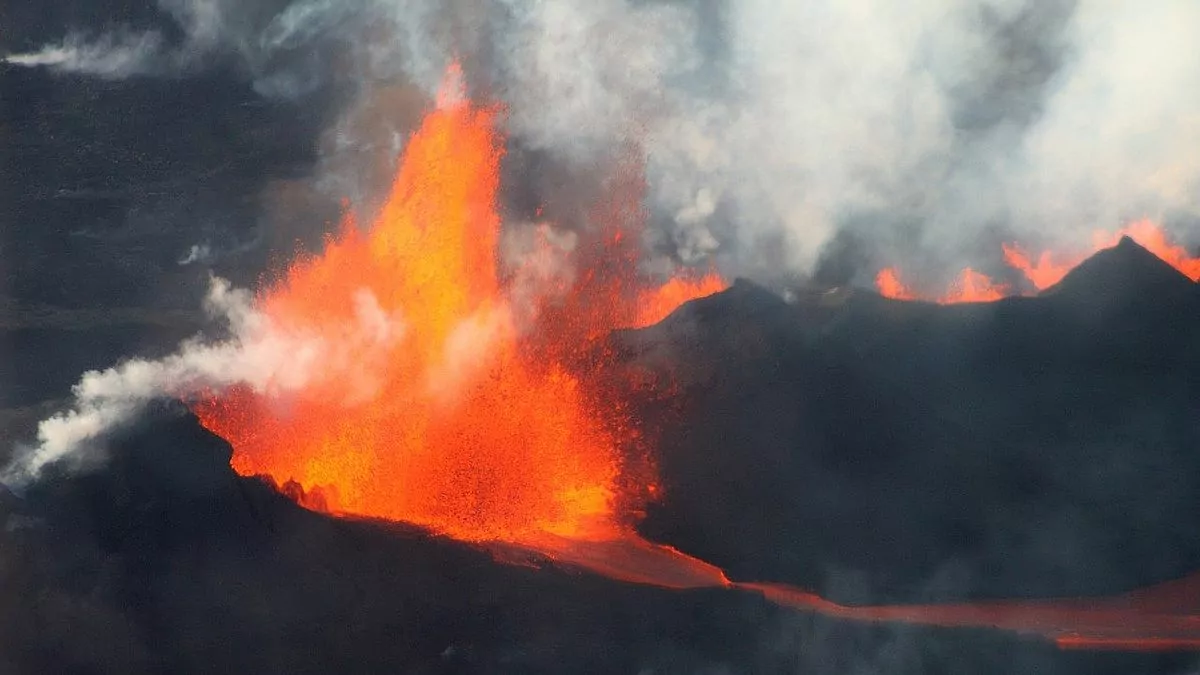






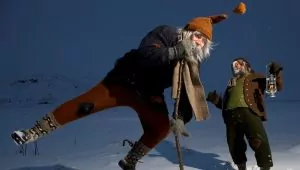

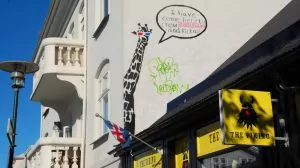
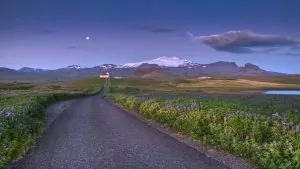
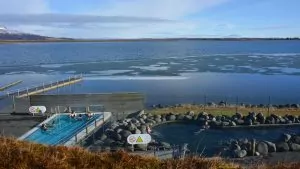
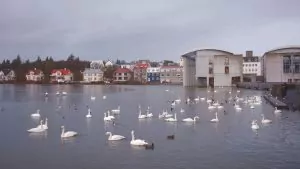
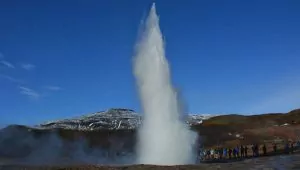
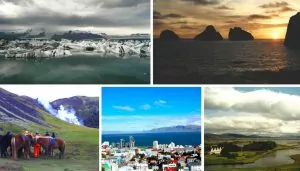
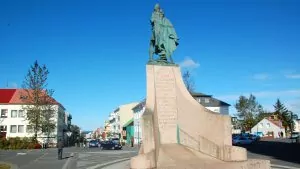
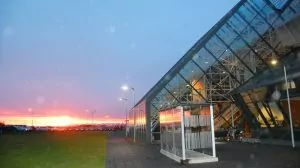
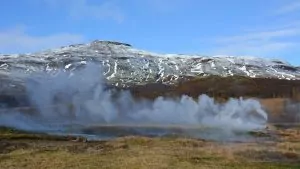
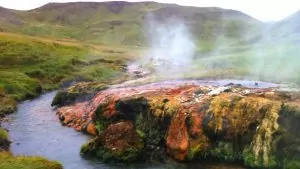
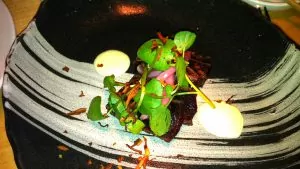

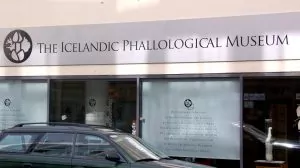
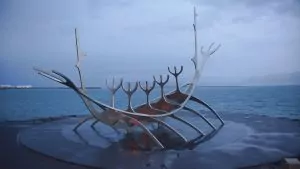
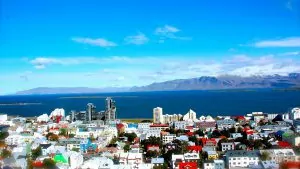
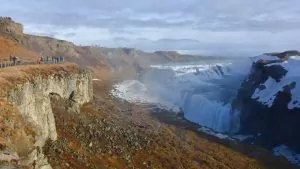
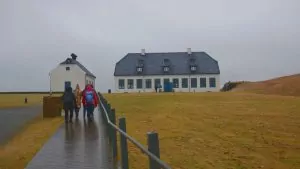
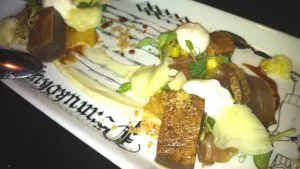
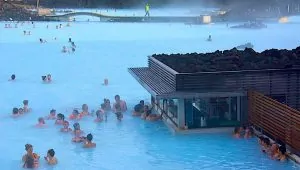
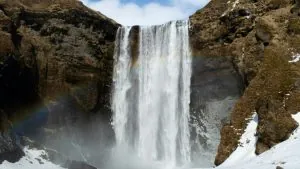
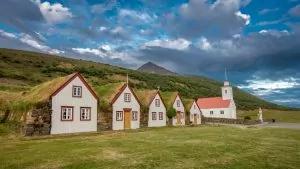
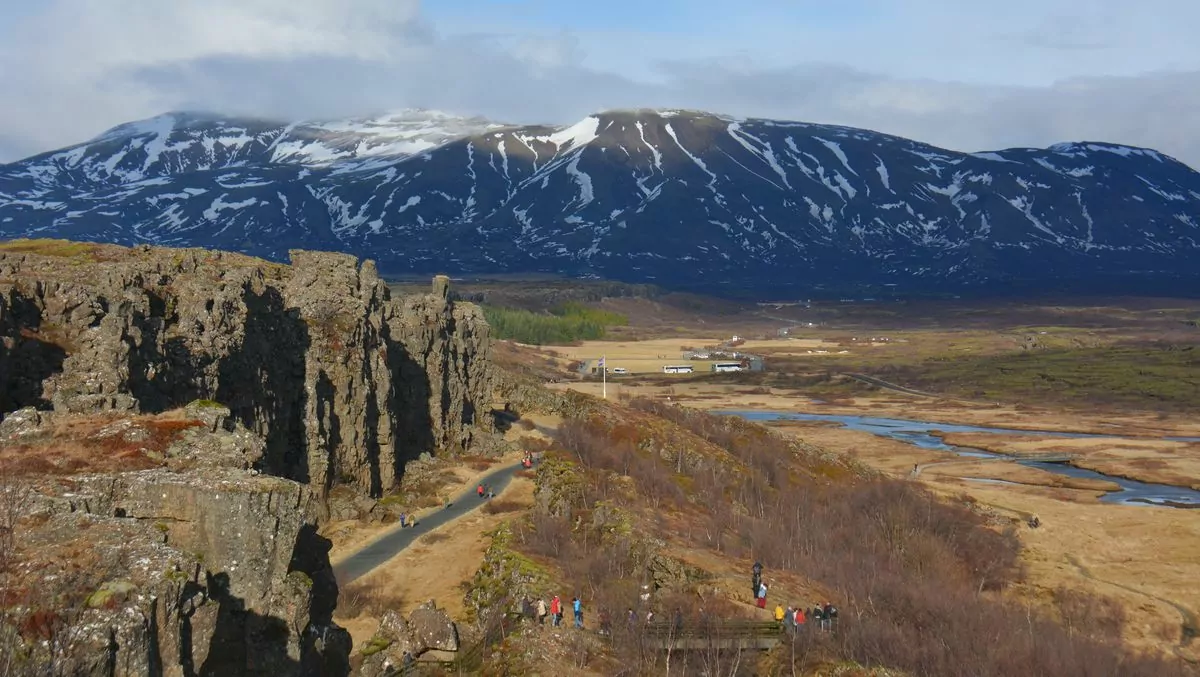
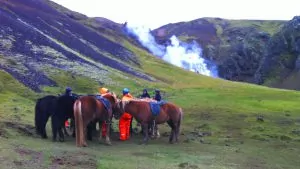
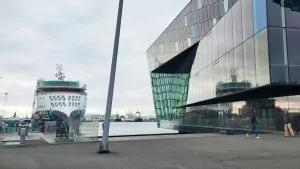
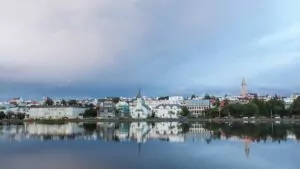
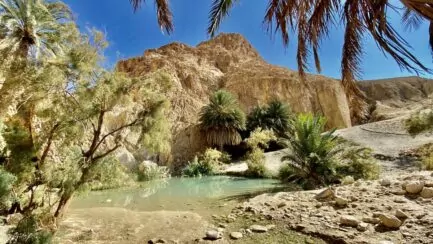
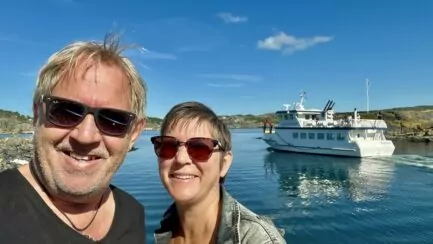
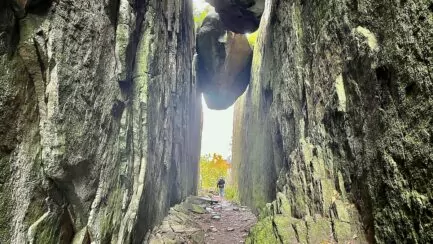
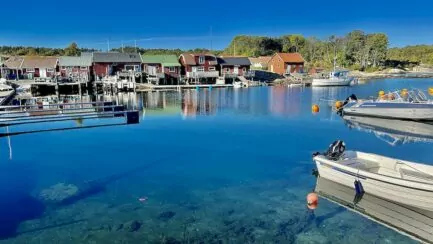



Lasse says:
I have hiked on Krafla, very active areas. On the way up to the volcano you pass bubbling mud puddles, steam vents and a nice hot shower ?
I also visited Eldfjell and the museum on the side of the volcano last summer during my trip to Iceland. That the evacuation of the island went so well in 1973 was entirely due to a storm, so the entire fishing fleet was in harbour instead of out at sea. The museum is built over a house that was buried under 11 metres of ash and was only excavated ten years ago, there is also an exhibition about Surtsey too. Well worth a visit.
@thetetrisvan on Instagram
25 December 2019 - 10:23
Helena says:
What exciting trips and hikes you have done! And fun that you have been to Hemön and the museum there! I lived there for a year, so have a special relationship with that island 🙂 And thanks for the additional info about the evacuation during the dramatic events of 1973! Following on Instagram now 🙂
26 December 2019 - 9:45
bmlarstravellingblog says:
Right now we are reading everything about Iceland with great interest as we have just booked a flight for a week's road trip around the island just before midsummer, one of those trips you have dreamed of...
25 December 2019 - 10:47
Helena says:
But what fun! Iceland is sooo amazingly beautiful! Are you planning to travel around the whole island?
26 December 2019 - 9:47
bmlarstravellingblog says:
We have thought about travelling around the island, but not up into the highlands where 4-wheel drive is required. Maybe we should have stayed a few more nights, but it will be to plan and utilise the week as best we can and if we don't get everything done, there is a reason to go back.
26 December 2019 - 15:13
Helena says:
Lovely! As you say, it is possible to drive around the island without a four-wheel drive, but not inland. I think they often recommend 10 days to go around, but I'm sure a week is fine too, but maybe a bit of prioritisation planning will help 😉.
26 December 2019 - 15:20
BP says:
What dramatic images. The one with the aeroplane was the very best. Don't know if I would want to live in Iceland with all the volcanoes actually. A bit safer here at home;-)
25 December 2019 - 16:22
Helena says:
I never felt unsafe when I was living there (many of the volcanoes are far away from settlements) but the volcanoes can still cause trouble ...
26 December 2019 - 15:19
Emma, sun like sun? says:
It's been nine years since all the misery of the aeroplanes and the ash in the air. Wow!
As far as I know, I have not seen a volcano, unfortunately I have not visited Iceland. Extremely beautiful country!
25 December 2019 - 22:17
Lena - good for the soul says:
My God, how many there were. It seems to bubble and boil a lot in that country!
Hug Lena
26 December 2019 - 18:33